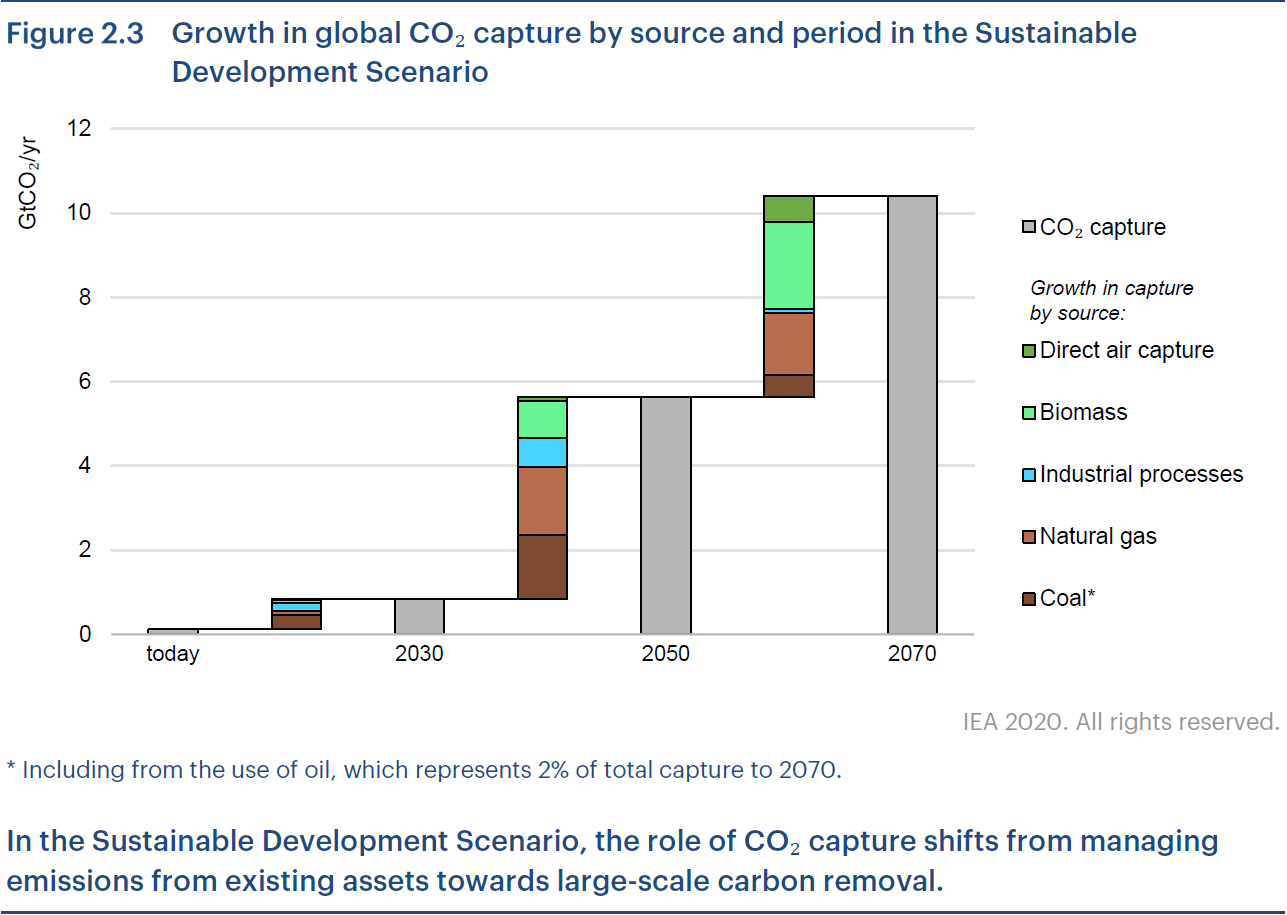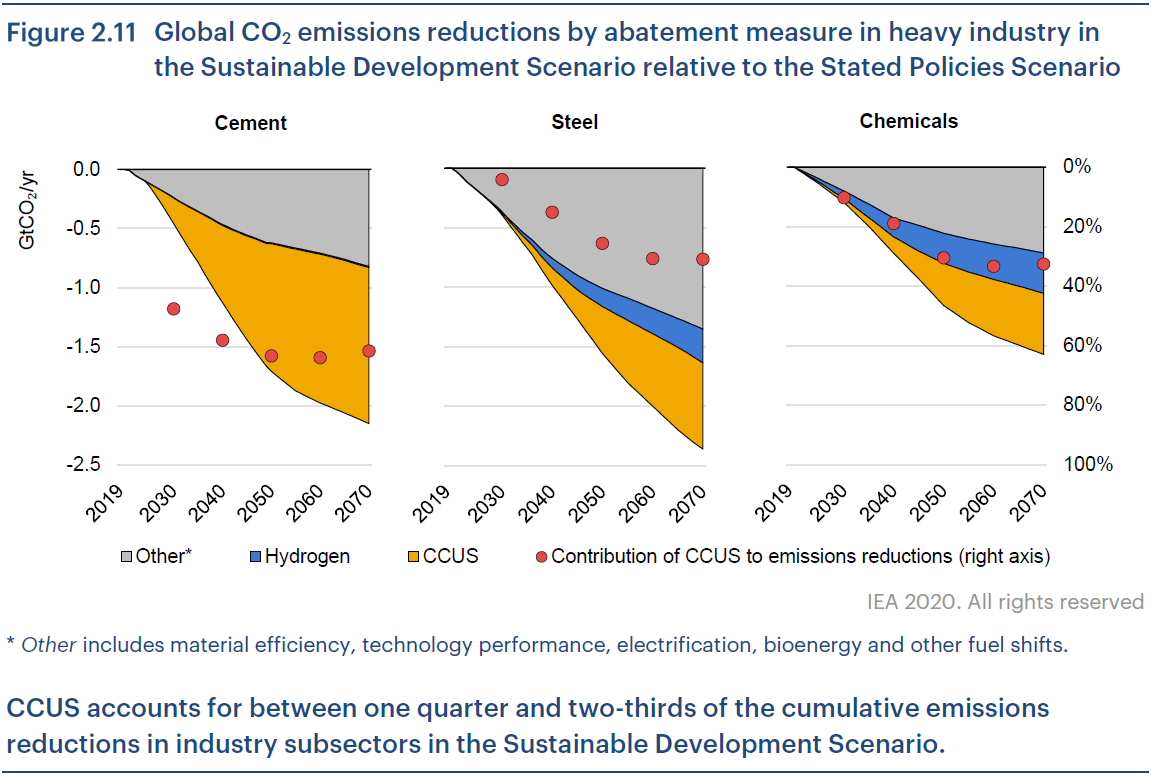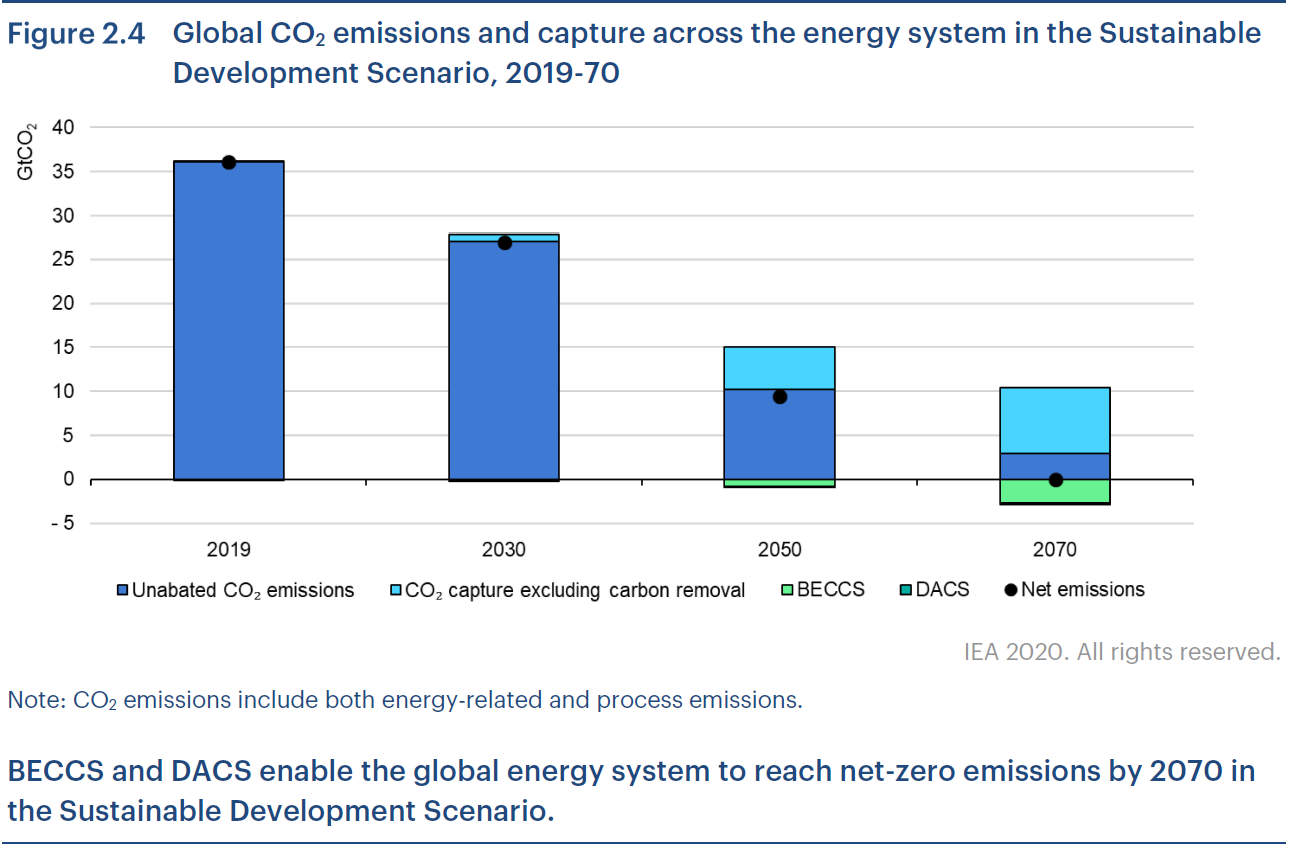The introductory statement to the International Energy Agency’s (IEA) Energy Technology Perspectives 2020 Special Report on Carbon Capture Utilization and Storage: CCUS in clean energy transitions [i] states:
The story of CCUS has largely been one of unmet expectations: its potential to mitigate climate change has been recognized for decades, but deployment has been slow and so has had only a limited impact on global CO2 emissions. This slow progress is a major concern in view of the urgent need to reduce emissions across all regions and sectors in order to reach global net-zero emissions as quickly as possible. Yet there are clear signs that CCUS may be gaining traction in spite of the economic uncertainty created by the Covid-19 crisis, with more projects coming online, more plans to build new ones and increased policy ambition and action. The coming decade will be critical to scaling up investment in developing and deploying CCUS and realizing its significant potential to contribute to the achievement of net-zero emissions.(Page 18)









